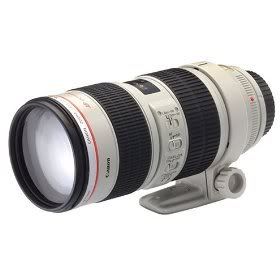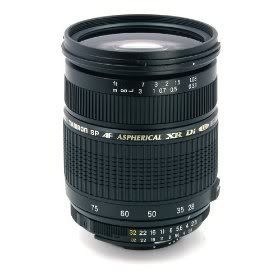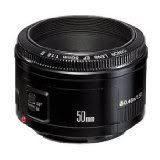You have switched from compact camera to digital SLR and you realized that you have a huge range of len to choose from and you are not sure which len to get for photography. This section will introduce the different types of len that you need to know and certain features that manufacturers will introduce in their len.
Telephoto len
Telephoto len refers to len that is more than 200mm. Telephoto len is usually good for taking object where:
Normal len
1. The place the object in is inaccessible.
2. You want to achieve a shallow depth of field when taking portraits (i.e you want to blur the background and make your people stand out).
3. You want to shoot the object from a distance such as candid shot.
Telephoto lens are very vulnerable to handshake. You can try to experiment with the len and zoom at the tele end of the len and you will find that handshake is obvious when you try to hold your camera. Some high end lens offer image stabilizer ability and they are very expensive. Such feature is extremely useful especially when you are faced with low shutter speed or you don’t have any form of support to help stabilise your camera.
Normal len usually have range from 40mm to 100mm. This type of lens is usually good for walk about len where you may want to take the surrounding place that does not require telephoto or wide angle len. Normal len can also be used for portrait and other aspects of photography that requires the range mentioned. The advantages of using a normal len are it eliminates the need to switch the len and also reduces your camera equipment load.
Wide angle len
Anything less than 28mm can be considered a wide angle len. Wide angle len is mostly used for scenery shot (e.g mountain, sunset on a beach) or the space area is very limited. Wide angle offers a deep depth of field so an average photographer can get decent and relatively sharp pictures.
Zoom VS prime len
Len speed /aperture
By saying a len has fast speed, it means the len has low aperture (i.e the size of the len hole is bigger, thus more light can be captured by the camera). This enables you to use fast shutter speed, hence the term fast len. You need low aperture if:
Len Compatibility
Most len made in the past are for film body (i.e they are made for 35mm format). But this does not necessarily mean it cannot be used in a digital body. Digital body can also take in len that is made for full frame but their focal length will increase. This is known as the crop factor and most digital SLR have crop factor from 1.3x to 2x depending on the manufacturers. This is another factor you need to take into consideration. For example, to achieve a 15mm in 35mm format, you will need to get a len that is 10mm with a crop factor of 1.5x. There are also some lens that are made exclusively for digital camera with crop factor and cannot be used in full frame body. The common acronyms used for len designed for crop body are DC for Sigma, EF-S for Canon, DX for Nikon and Dii for Tamron. If you are going for full frame body soon, it might not worthwhile to invest in such len.
Additional stuff and acronyms for len
You might also be interested to know some common acronyms used by different manufacturer to describe the len. Image Stabilizer (IS), Vibration Reduction (VR), Optical Stabliser (OS) lens are used to describe lens that have image stabilizer ability. APO, ED, SLD and LD are terms that used to describe lens with special low dispersion glass introduced to improve colour sharpness, contrast and accuracy. Lens that have Ultrasonic motor (USM) and Hyper-Sonic motor (HSM) have the ability to zoom quietly and achieve faster autofocus.
Conclusion
For a person that is new in photography, it is advisable to get a len that covered wide angle to telephoto len and a cheap prime len like 50mm f/1.8. This allows you to get a feel of the different range of the len as well as discover the range that you normally used so as to purchase a more specialized len in the future. A 50mm f/1.8 will allow you to play with different aperture to achieve creativity. It is also important to read reviews of the len that other people have experience in order to make a good len purchase.
See also other acronyms.
Welcome to the Digital Photography Academy! This site offers some tips and techniques to improve one's photography skills and some creative ways to manipulate pictures and shooting styles. For a start, feel free to look at the terminology guide.
 Subscribe in a Digital Photography Academy
Subscribe in a Digital Photography Academy
Recent updates
Monday, June 15, 2009
Buying len guide
Subscribe to:
Post Comments (Atom)




0 comments:
Post a Comment